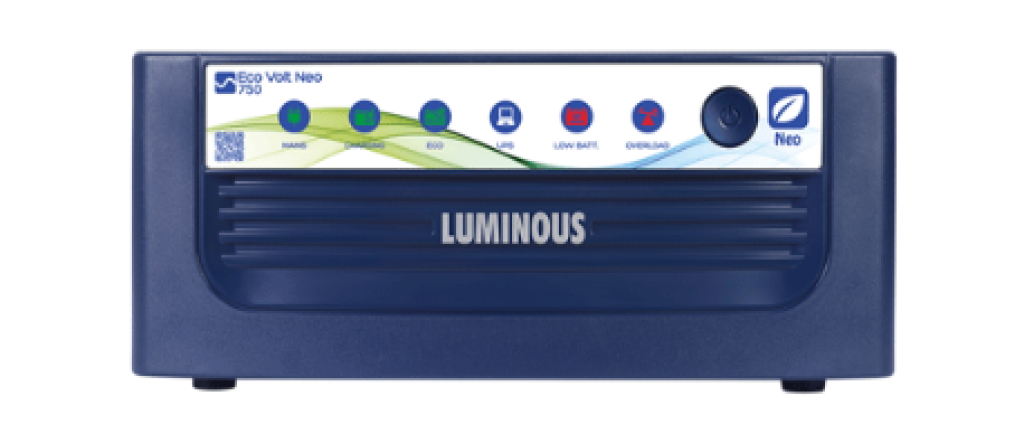In recent years, there has been a substantial rise in the utilisation of power inverters for home applications. Power inverters, once predominantly used in industrial settings or for specialized purposes, have now become essential for households worldwide.
As technology is evolving, power inverters are becoming more compact, affordable, and user-friendly, making them accessible to large number of households. The rise of power inverters for home use represents a significant shift towards energy independence and enhanced resilience towards power disruptions.
Let us discuss some key considerations to select a power inverter for home in detail.
What Do You Understand by a Power Inverter for Home?
A power inverter for home is an electronic device that converts direct current (DC) stored in batteries into alternating current (AC). This is because most household appliances and electronic devices use this type of electricity. Power inverter for home is typically used when supply from the utility grid is unavailable due to reasons like power outages. They provide a convenient way to power home appliances with DC power sources such as batteries or renewable energy. This may include lights, televisions, computers, refrigerators, and more.
Power inverter for home usually have multiple AC cables to plug into your appliances. They are available in many sizes and capacities, ranging from small, portable inverters that can power a few appliances to larger ones.
Some power inverters also offer additional features, such as:
- Built-in battery charger
- Voltage regulation
- Surge protection
Key Considerations for Inverter Selection
There are many key factors to keep in mind when choosing a power inverter for home. These features will help you choose the right inverter for your application and ensure optimal performance and compatibility. Here are the main considerations for selecting an inverter.
- Power Analysis: Determine the power requirements of your system, ensuring that the inverter’s power supply aligns with the voltage generated by batteries. Also, ensure that it can deliver sufficient power to meet your electrical load requirements.
- Efficiency: Look for inverters with high-efficiency ratings. Efficiency refers to how well the power inverter for home can convert DC to AC power. Increased efficiency means less energy loss in the switching process, resulting in better system productivity.
- Waveform: Consider the type of waveform produced by the inverter. A pure sine wave inverter has high-quality AC waves compatible with most electronic devices. Modified sine wave inverters are less costly but they are mostly compatible with appliances that consume lesser power.
- Surge Capacity: Determine if the inverter can handle short-term surge loads. Some machines, such as motors or compressors, require increased power during start-up. The power inverter for home must have sufficient surge power to accommodate these transient voltage spikes.
- Input Voltage and Voltage Range: Ensure the inverter’s input voltage is compatible with your energy sources, such as a battery bank or solar array. In addition, consider the voltage range that the power inverter for home can handle to accommodate changes in input voltage.
- Safety Features: Look for inverter models with overload protection, short circuit protection, overheating protection, and low voltage disconnection. These features help protect the power inverter for home and connected devices from potential damage or hazards.
- Output Voltage and Frequency: Ensure that the output voltage and frequency of the inverter match the requirements of your power load.
Final Thoughts
Opting for the right power inverter is essential to ensure uninterrupted electricity supply. By investing in a high-quality power inverter for home like those offered by leading companies like Luminous, you can experience the convenience of backup power during a power outage. Connect with Luminous today to discover their wide range of reliable and innovative power inverters that will turn your home into a powerhouse of efficiency. Empower your home with the right inverter!
